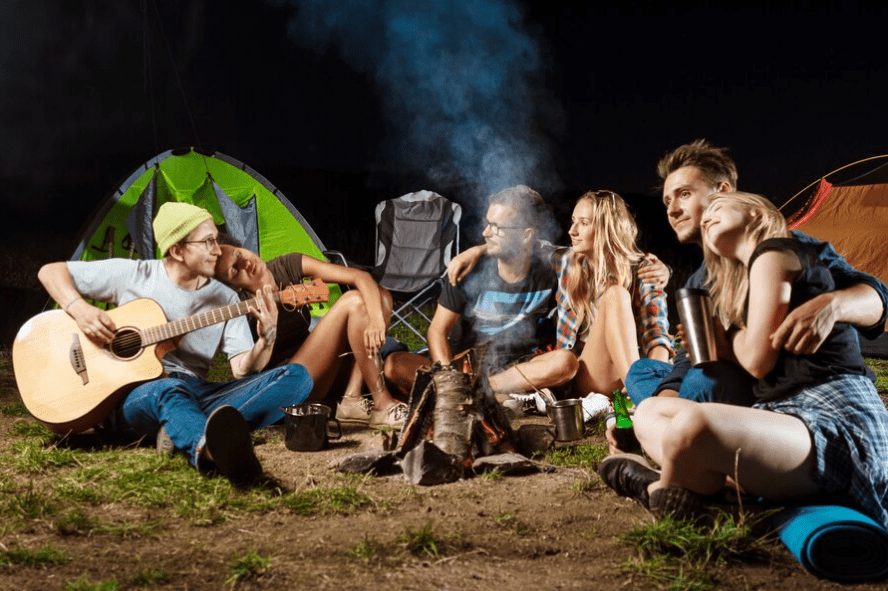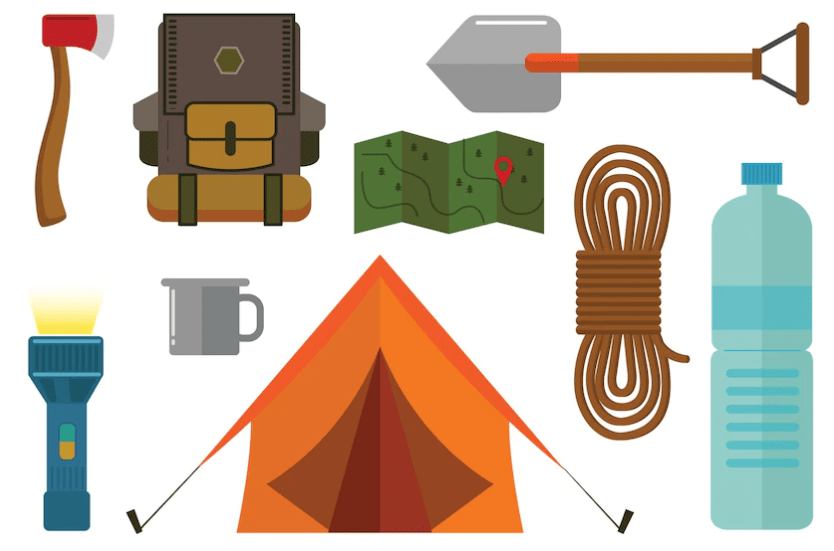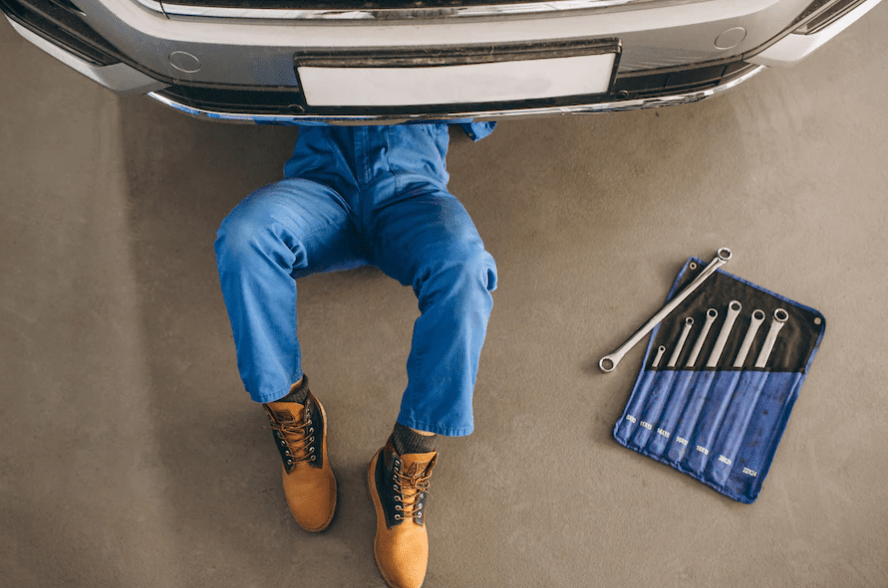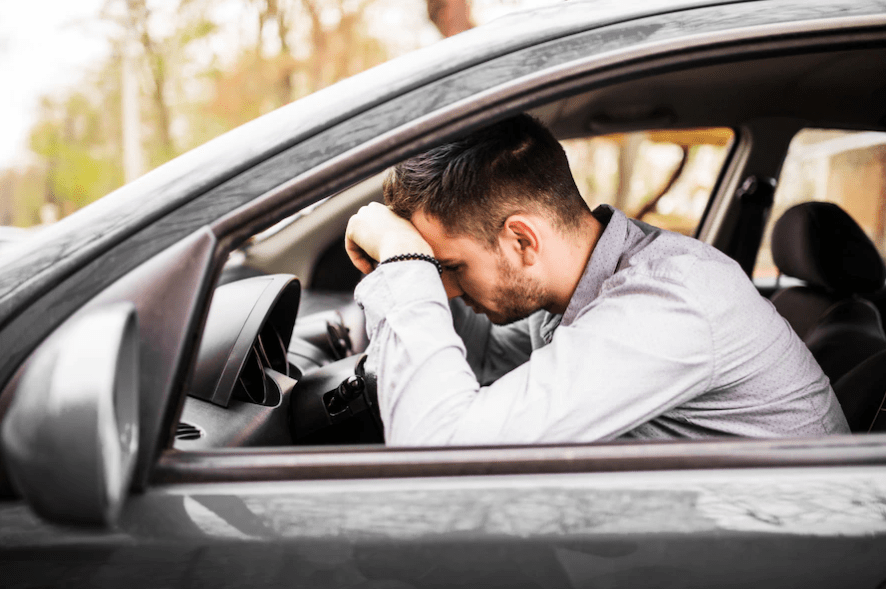Behavior tips for campers during thunderstorms and severe weather. This will keep you dry and safe. Especially if you stay in a ground tent or a rooftop tent, it is particularly important that you observe various safety regulations.
As beautiful as the summer and autumn days are on the campsite (but also when camping wild) – thunderstorms and storms can be so violent. Storms and lightning can be dangerous for campers. Knowing how to behave in bad weather is very important.
In a nutshell
- Prepare for thunderstorms and track the weather using weather apps.
- During the storm, take shelter in the camping lounge.
- In the interior of a vehicle you are protected from lightning (in the camper/caravan only if it has a metal skeleton in the structure).
- You are not protected in the tent, get yourself to safety.
- During heavy rain and thunderstorms, unplug everything.
- Don’t go outside unnecessarily, during a storm you can be injured by objects flying around.
- Avoid the banks of flowing waters, these can unexpectedly overflow and wash away the bank area.
- If possible, reinforce the tent’s ground anchors.
- Close all entrances and windows of a rooftop tent.
Table of Contents
Find out about the weather conditions
- Proper preparation can prevent damage.
- The hazard maps from various weather apps show in which regions heavy rainfall, wind, hail, or even flooding can be expected.
- Follow current weather reports and flood warnings via radio, television, and the Internet.
- If you have any questions, contact the park administration or the campground operator.
Be safe in bad weather and thunderstorms
- It can get pretty stormy at the campsite. Items can fly around and also knock down trees. Therefore, in the event of severe storms, go to the recreation room on the campsite.
- In the interior of a vehicle you are protected from lightning (in the camper/caravan only if it has a metal skeleton in the structure).
- A tent, including a rooftop tent, offers no protection against lightning. Therefore, go to a secure building on the campsite in the event of a thunderstorm.
- When you arrive at the campsite, find out where you can go to safety in the event of a storm.
Is your campervan or RV safe during a thunderstorm?
A campervan or RV with a metal frame offers protection against lightning, inside you are safe (Faraday cage). But if the structure is only made of plastic, you are not protected and it is dangerous. The manufacturer can provide information about the structure of the camper or caravan.
It is also used before sleeping or staying under plastic camper van roofs. Lightning could use the human body as a down conductor on its way to earth.
During heavy rain and thunderstorms, unplug the campervan/RV
- In heavy rain and thunderstorms, it is recommended to disconnect the camper or caravan from the power supply (danger of overvoltage).
- Unplug your cord from the power pole and roll it up.
- Above all, make sure that there are no cables in puddles.
- Do not shower or wash dishes during thunderstorms.
Gather and stow away items outside
- In the event of an upcoming storm, clear away your things around the tent/campervan/RV and stow them away, possibly also in the car.
- Don’t stay outside unnecessarily. During a storm, objects flying around the campsite can injure you.
Behavior if the campsite has been flooded
- Do not put yourself in danger unnecessarily and behave calmly.
- It is imperative that you follow the instructions of the authorities, emergency services, park rangers, and camp staff.
- Don’t get too close to flowing water. Tidal waves can come as a surprise and wash away or undermine the shore area.
- Do not drive vehicles through flooded areas. You see no obstacles and can damage material and ground, or put yourself in danger.
Behavior during a campground/park evacuation
- Strictly follow the instructions of the authorities, emergency services, park rangers, and camp staff!
- If you have time, place all your items high, clear the awning/annex, and don’t leave anything outside.
- Unplug everything.
- Go to the meeting point indicated by the campsite.
- If you decide to leave immediately but leave the campervan/RV on the pitch and intend to come back as soon as the weather conditions calm down, be sure to check out at reception so that the campsite management is informed.
After the flood/thunderstorm
- Follow the instructions of the park ranger or campsite staff.
- When tidying up around your pitch, make sure you dispose of broken items properly.
- Check the circuit. Dry damp cable spools and connectors.
- If necessary – report the damage to your insurance company.
Prepare for bad weather
- Pack the right things
- Basically, you should consider and know the weather conditions in your destination region when packing (do you have to expect thunderstorms, hail, or storms?).
- An umbrella, a rain jacket, and sturdy shoes should always be in your luggage.
- Rubber boots are particularly useful when camping. When it rains, it can quickly get muddy on the campsite. Then shoes that can get wet and wash well are worth their weight in gold.
- Fix awnings and awning weatherproof
- Always fix awnings securely so that they hold up even in a storm.
- It is best to pull up the awnings in wind and storms.
- It is advisable to have additional storm straps or guy ropes with you.
- Hail protection for camping vehicles
- You can protect your camping vehicle from hail damage with an anti-hail coating or a hail protection roof.
Behavior during a thunderstorm in the tent or rooftop tent
- A tent or rooftop tent offers no protection against lightning, so go to a secure building on the campsite during a thunderstorm or wait in the car until the thunderstorm has passed.
- If you cannot avoid it: Crouch down in the middle of the tent on a dry surface (insulating mat, dry air mattress). Do not touch the tent wall and tent poles.
- Please note when setting up: Do not set up the tent under a mast or tree. Keep a distance of at least 10 feet from other tents or campers.







